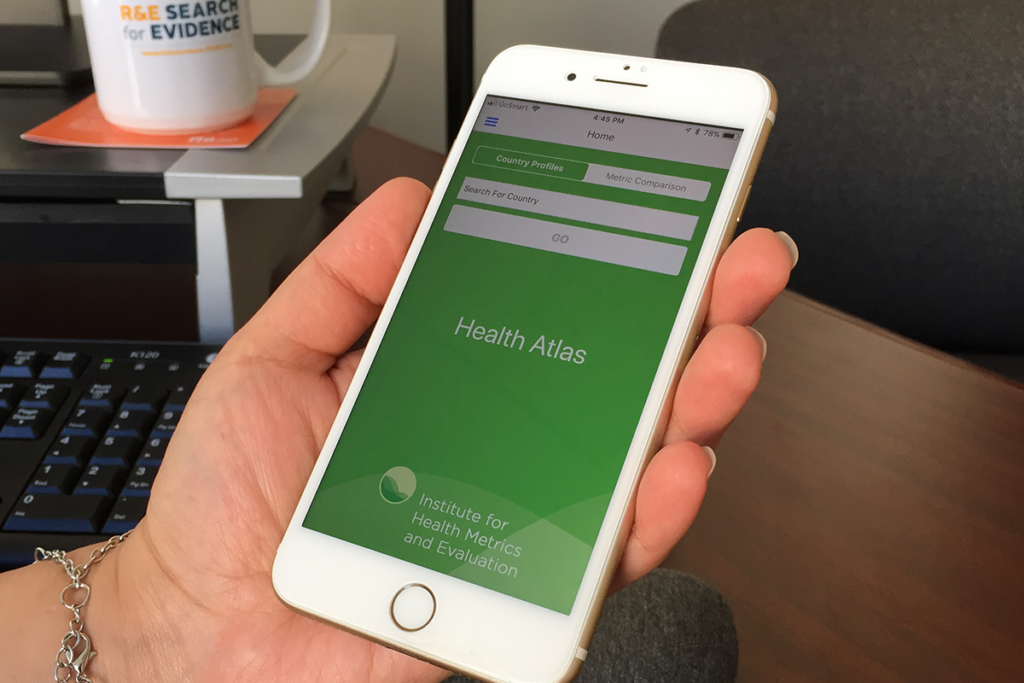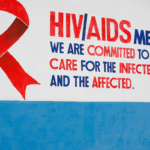Bill Gates appreciates the importance of high-quality data to guide decisions. He was the keynote speaker at the 20th anniversary symposium of the Global Burden of Disease (GBD) study in Seattle recently. Gates was followed by Jim Kim, President of the World Bank. These two very heavy hitters – one, the richest man in the world, and one who runs the largest investment bank for developing nations – are huge fans of high-quality data that can be used to make decisions and guide investments in global health and development. I’m using the occasion of this anniversary to share more about the GBD study with our readers and to highlight the innovative use of data to improve global health.
The GBD is the most comprehensive review of the state of the world’s health ever undertaken.
The GBD (full name is
Global Burden of Disease, Injury and Risk Factor Study) is a remarkable tool and international network of researchers that traces its roots to 1991 when Dr. Christopher J.L. Murray and Dr. Alan Lopez began to address the shortage of reliable data on conditions that cause illness, but not death. Up until that time, organizations, governments and researchers produced widely varying estimates of deaths and their causes. The GBD describes itself as “the world’s largest systematic, scientific effort to quantify the magnitude of health loss from all major diseases, injuries, and risk factors by age, sex, and population.”
The first series of GBD papers was first published in 1997 in The Lancet, a prestigious British medical journal; this year, The Lancet published a 381-page supplement on global health metrics from the GBD 2016. During this 20-year period, the metrics employed by the GBD have become widely known and used to measure the impact of diseases and injuries: years of life lost (YLLs), years lived with disability (YLDs), and disability-adjusted life years (DALYs). The GBD is indeed the most comprehensive review of the state of the world’s health ever undertaken.
The GBD has grown in complexity and granularity, with a goal of providing decision makers with data at the national, regional, provincial and local level to guide programs, interventions and investments.
The GBD has grown tremendously over these years and now includes a network of more than 2,650 collaborators in 135 countries. In 2007, the study moved with Dr. Murray from the World Health Organization in Geneva to the new Institute for Health Metrics and Evaluation (IHME) at the University of Washington, which was launched with a $105 million core grant from the Bill & Melinda Gates Foundation. The GBD has grown in complexity and granularity, with a goal of providing decision makers with data at the national, regional, provincial and local level to guide programs, interventions and investments. Currently, the GBD tracks 333 diseases and injuries, compared to 107 in the 1990s; the number of geographies included is 774, compared with just 8 in the 1990s. The study also tracks 84 risk factors for disease and disaggregates age into 23 groups, to allow for granular understanding of the causes and impact of diseases.
The study is a leader in making data accessible – the GHDx website provides ready access to an enormous amount of data and there is a new app for mobile phones. The GBD is doing amazing work on data visualization and is linking data with geography to allow for fantastic local mapping of key issues like in under 5-year-old mortality in Africa. This is a most exciting time to be a data geek!
This is a most exciting time to be a data geek!
These data allow us to better understand the state of humanity’s health. In 2016, there were an estimated 129 million live births and 55 million deaths. Globally, mortality rates have decreased across all age groups over the past 50 years. For the first time, the estimated number of deaths among children under 5 years fell below 5 million; however, there were 230,000 maternal deaths in 2016, an indicator of weak health care systems. Deaths from communicable disease have decreased overall, yet still cause millions of deaths; while 72 percent of all deaths in 2016 were from noncommunicable diseases (NCDs) including cardiovascular diseases, diabetes, cancers and chronic respiratory illnesses. Smoking, poor diet, physical inactivity and alcohol consumption are key risk factors for NCDs.
This is just a tiny snapshot of the data available to all through the GBD, which stands as a wonderful testament to what can be accomplished when smart, well-intentioned people collaborate for the global good. High-quality data truly are the foundation of solid decision making and can be used to mobilize resources to effectively reduce the burden of disease and injury for all humankind.
Recordings from the symposia are available online, view them here.
Photo credit: FHI 360
Sharing is caring!



